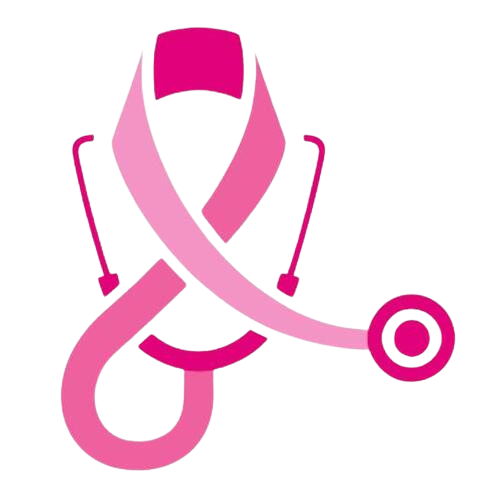Palliative care plays a crucial role in improving the quality of life for patients with advanced breast cancer, particularly those experiencing pain and other distressing symptoms. Here's an overview of palliative care and pain relief modalities commonly used in breast cancer management:
Palliative Care Team: Palliative care involves a multidisciplinary team of healthcare professionals, including doctors, nurses, social workers, psychologists, and other specialists. They work together to address the physical, emotional, social, and spiritual needs of patients and their families.
Pain Assessment: Effective pain management begins with a thorough assessment of the patient's pain. Healthcare providers use various tools, such as pain scales and subjective reporting, to evaluate the intensity, location, quality, and duration of pain.
Medications: Pain relief in breast cancer often involves the use of analgesic medications, including non-opioids (such as acetaminophen and nonsteroidal anti-inflammatory drugs), opioids (such as morphine, oxycodone, and fentanyl), and adjuvant medications (such as antidepressants and anticonvulsants). The choice of medication and dosage depends on the severity of pain, patient's response, and any underlying medical conditions.
Non-Pharmacological Interventions: Non-pharmacological approaches can complement pain medications and help alleviate symptoms. These may include physical therapy, massage therapy, acupuncture, relaxation techniques, guided imagery, music therapy, and aromatherapy. These interventions can promote relaxation, reduce stress, and enhance overall well-being.
Radiation Therapy: Radiation therapy may be used to relieve pain and control symptoms in patients with advanced breast cancer, particularly those with bone metastases. It can help shrink tumors, alleviate pain, and improve mobility by targeting cancer cells in the affected area.
Surgery: Surgical interventions, such as nerve blocks or palliative surgery, may be considered for patients with localized pain or symptoms that are refractory to other treatments. These procedures aim to reduce pain and improve quality of life by addressing specific sources of discomfort.
Psychosocial Support: Managing pain and other symptoms in breast cancer patients also involves addressing psychological and social factors that may contribute to distress. Psychosocial support, counseling, and support groups can help patients cope with emotional challenges, enhance communication with healthcare providers, and foster a sense of connection and support.
Advance Care Planning: Advance care planning involves discussions about patients' preferences for future medical care, including goals of treatment, resuscitation preferences, and end-of-life care. These conversations empower patients to make informed decisions about their care and ensure that their wishes are respected and honored.
Overall, palliative care and pain relief modalities are essential components of comprehensive breast cancer management, focusing on enhancing quality of life, managing symptoms, and supporting patients and their families throughout the treatment journey. Collaboration between patients, caregivers, and healthcare providers is key to optimizing symptom control and promoting holistic well-being


